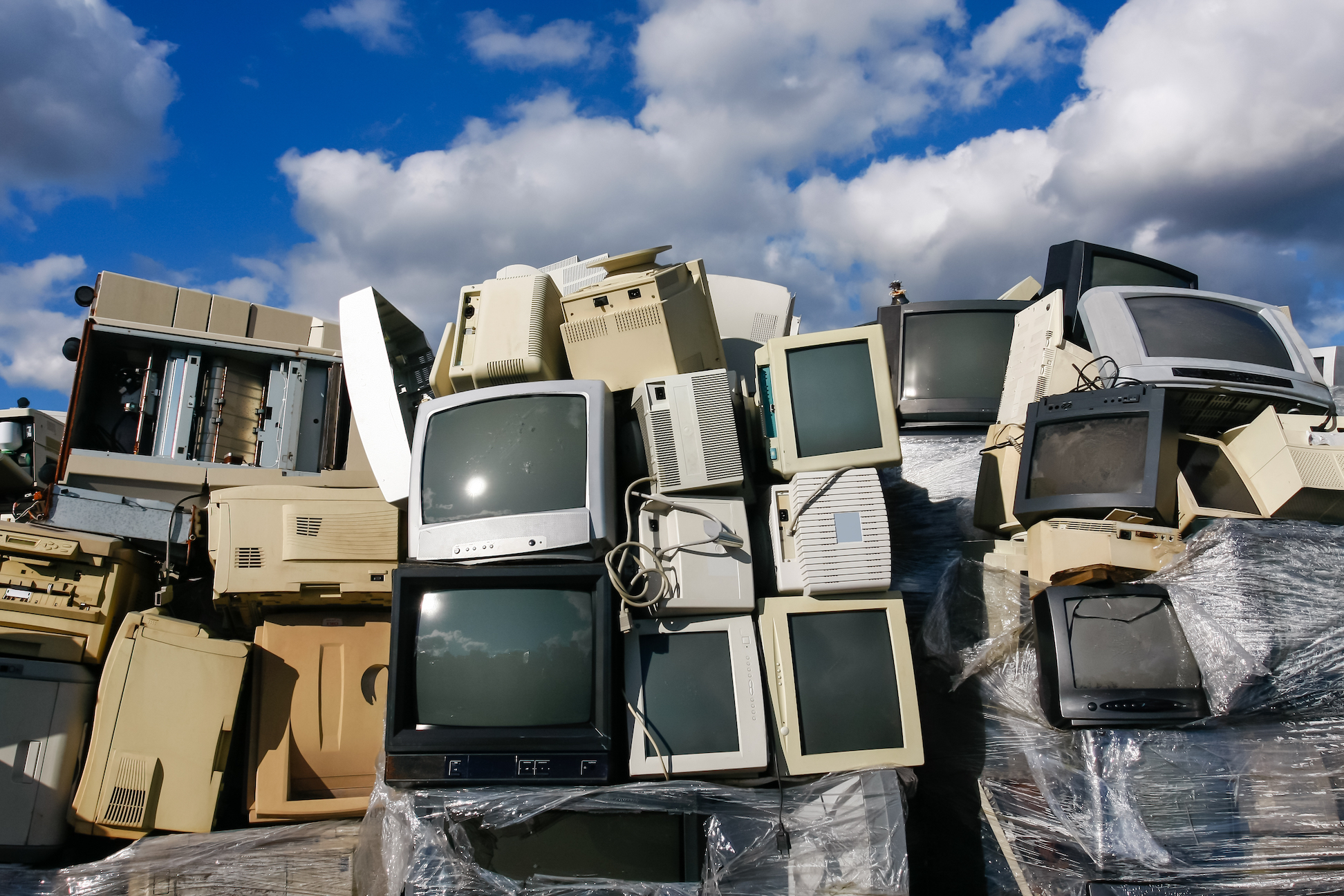
New solutions to tackling the growing problem of e-waste
E-waste, or electronic waste, is a growing concern as more and more electronics end up in landfills. E-waste covers everything from household appliances to mobile devices, and as technology progresses, people don’t always know the proper ways of disposing of their used electronics.
In an attempt to tackle this problem, a team from the Illinois Sustainable Technology Center may have found a sustainable solution for recovering valuable plastics from e-waste.
The findings were published in the journal Sustainable Chemistry and Engineering.
Safely disposing or recycling “end of life electronics,” unlike other biodegradables or recyclables, is difficult because of the hazardous materials that are used during manufacturing.
The Environmental Protection Agency (EPA) estimates that in 2009, there was a total of 2.37 million tons of e-waste from consumers and business in the United States. Of that, only 25 percent was recycled, leaving the rest to crowd landfills.
Electronics in landfills can cause toxic materials to leach into the environment unless properly disposed of.
One way to combat filling up landfills with e-waste is to recover and reuse valuable plastics such as polycarbonates from old devices, but finding a safe, sustainable, and eco-friendly way has proven challenging.
For example, one extraction method uses chlorinated substances like dichloromethane (DCM) that are costly and hazardous to work with.
The Illinois Sustainable Technology Center researchers wanted to find alternative options for recovering polymers from e-waste that were both cost-effective, non-hazardous, and eco-friendly.
The research team focused on a solvent called N-methyl-2-pyrrolidone (NMP) which recovered more polycarbonate from cell phones than DCM and could be used once again without losing any effectiveness.
Another possible method proposed by the researchers for more complex e-waste was pyrolysis which heats the waste to high-temperatures, making extraction feasible.
The results of the study show that there are possible solutions to recovering valuable plastics from cell-phones and disposed electronics. Exploring these methods will be crucial to preventing hazardous contamination, crowding landfills, and reducing the health risks to workers who dispose and recycle electronics on a daily basis.
—
By Kay Vandette, Earth.com Staff Writer













